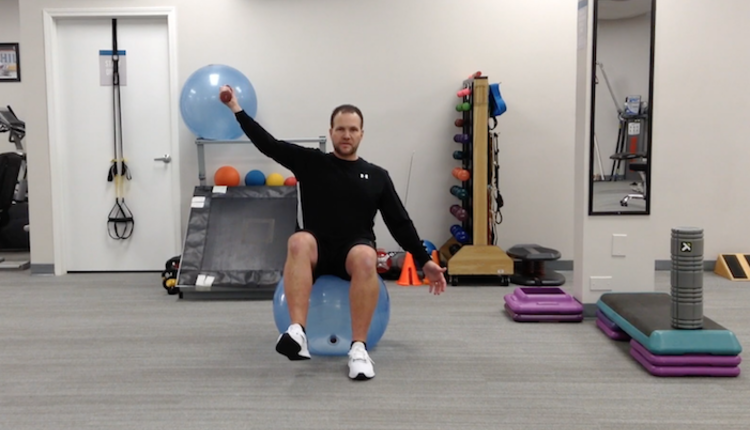
When you’re a hammer, everything looks like a nail. And that is what has happened in the fitness industry. Read any article, attend any conference, listen to any social media grandstanding argument or purchase any continuing education credential -- it’s almost always about training, nutrition or business.
Necessary, to be sure. Essential, no doubt. But underneath the science of training and nutrition lies the foundation on which all success is built. The success we co-create with our clients. The success we build in our businesses. And the success of our industry at large.
Namely, the art of communication and motivation.
Not every client or prospect is a nail. Our ‘hammer’ of epic training programs and surefire nutritional plans don't always do the job. Because the limitation has always been - and forever will be - how the organism in front of us both intakes and interprets the information. And that is a matter of mindset.
We would like to think that the “Rah, Rah!” “You can do it!” and “Willpower!” credos are foolproof. But they are not. And it has nothing to do with laziness or a lack of personal responsibility, either. It has to do with an unconscious mindset that restricts someone’s capacity to truly see themselves in any other way than how they see themselves right now.
We champion the notion of creating better behaviors. Motivate on the wings of taking action with improved habits. But very little of that superficial stimulus will ever be effective long-term. Sustainably; no matter how golden our blueprints, programs or templates are.
Because within the mindset, our hidden belief systems, perceptions and expectations will always pull our actions, habits and behaviors back in line to where the “mind” is “set.” The evolution of programming involves understanding the complexities of this mindset and being able to practically apply it systematically and simply with clients from all walks of life.
Consider this – the very best advice in the world is effective directly in proportion to the advice-takers capacity to receive it. Which is based primarily on perception and expectation. Your client's perception of their capacity to succeed with the advice you’re giving them. And their unconscious expectations which will determine self-actualization or self-sabotage.
Where the mind goes, the life (and fitness) follows.

















